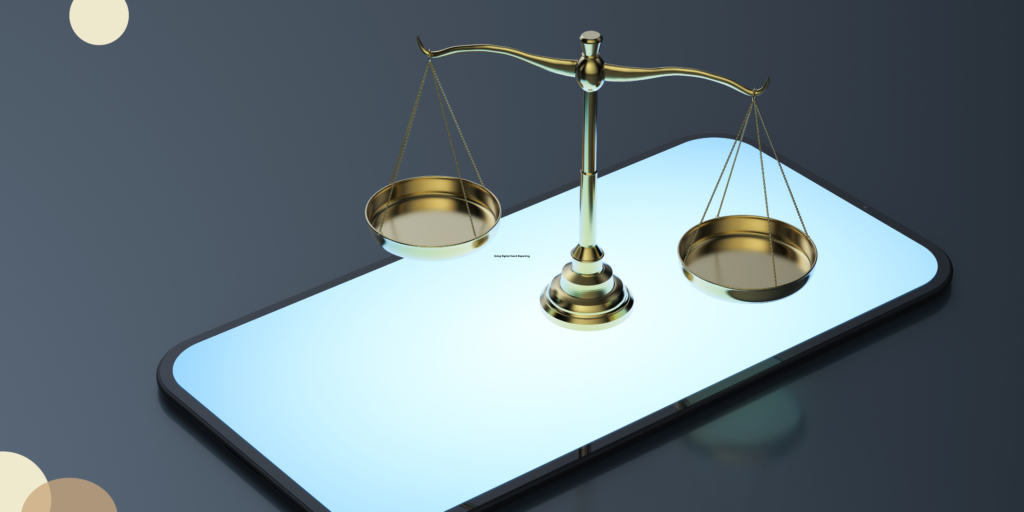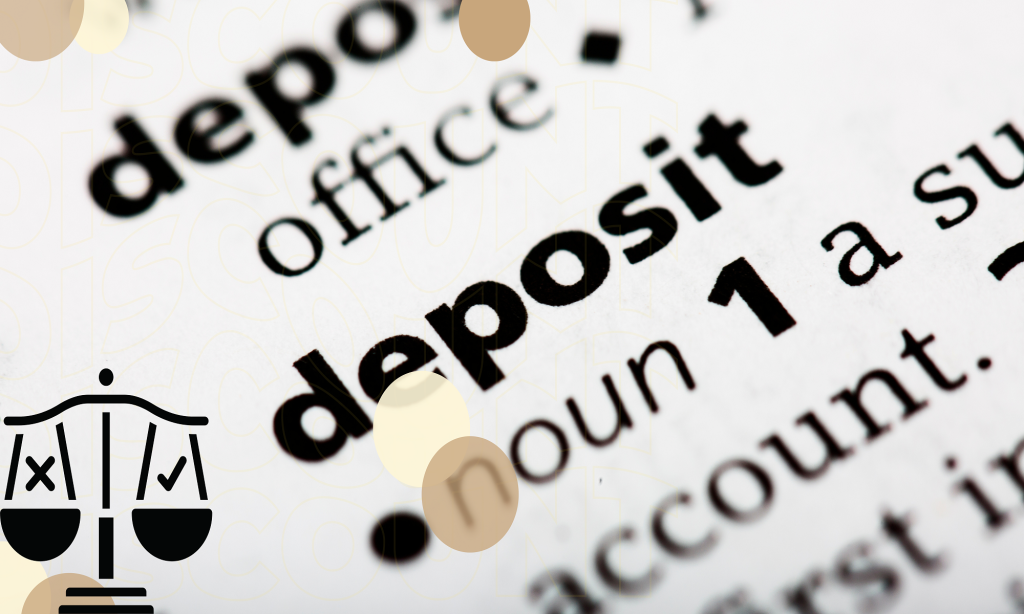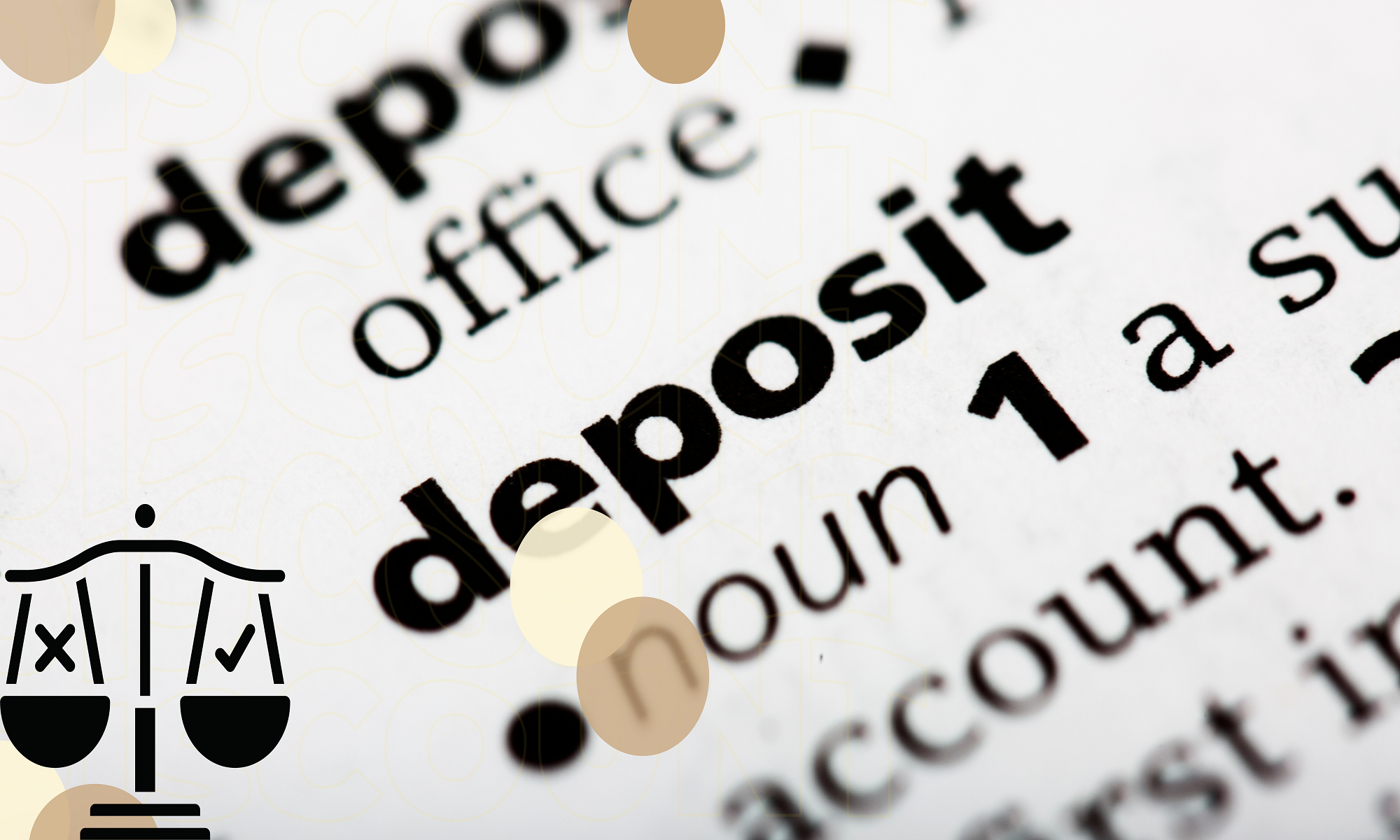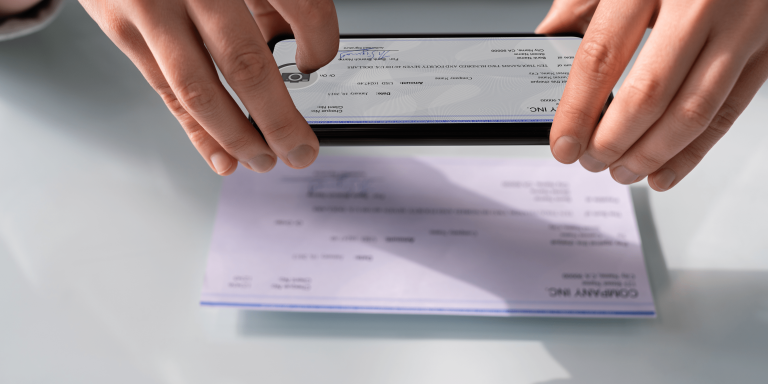Digital court reporting uses innovative technology to record and transcribe legal proceedings. Digital court reporters employ specialized software and technology to accurately record courtroom proceedings, unlike manual note-taking or stenography machines.
Digital court reporters may clearly record every word with high-quality microphones, headsets, and real-time transcription software. This eliminates manual note-taking and guarantees no important details are missed during proceedings.
Real-time transcribing is a major benefit of digital court reporting. As witnesses testify or attorneys argue, a computer quickly transcribes their words. Judges, attorneys, and other parties can immediately access an accurate transcript as they handle complex legal matters.
Versatility is another feature of digital court reporting. The audio may be easily synchronized with video for subsequent playback. For future reference, these digitized transcripts can be searched and annotated online.
Digital court reporting is cheaper than traditional techniques. Post-production procedures like transcribing handwritten notes or editing stenographic records take less time due to automated methods.
Digital court reporting is a trustworthy and efficient alternative to traditional legal recording. Its technical advances speed up transcription and improve judicial system accessibility and accuracy.

The benefits of digital court reporting
Digital court reporting has many advantages that can improve judicial proceedings. Easy transcript searching is a key benefit. Attorneys and judges save time by swiftly finding keywords or phrases with digital recordings.
Digital court reporting also improves accuracy and reliability. Digital records capture every word spoken in real-time, but handwritten notes are prone to inaccuracies. It provides a more complete and accurate record.
Remote participation is also possible with digital court reporting. Video conferencing allows attorneys, witnesses, and other parties to attend hearings remotely. This eliminates travel costs while maintaining courtroom attendance.
Digital court reporting reduces paper use, promoting sustainability. Electronic document storage saves forests and reduces trash.
With advances in technology, digital court reporters can provide instant transcription during live events. Transcripts help attorneys swiftly reference past remarks and make educated choices on the spot.
Digital court reporting systems reduce processes, improve accessibility and accuracy, and promote sustainable legal practices.
The drawbacks of digital court reporting
There are many benefits to using digital court reporting, but there are also drawbacks. Technology dependence is a negative. Technical issues in court might delay proceedings. This is especially hazardous without a backup system.
Data leaks and security issues are another downside. Digital court reporters must always keep sensitive material private. As cyber threats become more sophisticated, sensitive data and recordings may be accessed without permission.
Some claim that digital court reporting may not capture non-verbal cues and nuances as well as stenography. Facial expressions, body language, and tone of voice can add context to judicial proceedings, but digital recording may not be sufficient.
Implementing and maintaining digital court reporting systems is expensive. All courts may not have the funds to upgrade technology and train workers.

The future of digital court reporting
The future of digital court reporting is bright. Technology continues to shape many areas, including law. Courts and legal experts prefer digital court reporting for its many benefits.
Efficiency is important to digital court reporting’s future. Digital systems speed up transcript production, minimizing manual transcription. This speeds up access to crucial information and helps lawyers prepare their cases.
Digital platforms also improve legal team coordination. Attorneys can communicate papers and recordings electronically, avoiding the need for lost or destroyed hard copies. This improves communication and ensures everyone has the latest information.
AI integration in digital court reporting systems is another promising prospect. AI-powered solutions can automate document processing and data analysis. This saves time and decreases human mistakes, improving report accuracy.
For digital court reporting to succeed, various issues must be solved. Data privacy and security are concerns. As sensitive data becomes more digital, strong cybersecurity measures are needed to prevent breaches.
Those who favor stenographic reporting may also resist emerging technologies. Overcoming these limitations requires educating about digital solutions’ benefits and proving their trustworthiness through implementation.
Conclusion
Today’s digital age has brought technology into every part of life, including law. Innovation can transform established procedures like digital court reporting. Digital court reporting has many advantages, but it also has downsides.
The benefits of digital court reporting are obvious. It streamlines courtroom recording and preservation. Real-time transcription and advanced search options help attorneys and judges find essential information quickly. This saves time and improves legal accuracy.
Digital court reporting eliminates the need for transcripts and copies, saving money. Electronic data storage lowers paper use and ensures easy access without loss or damage.
However, using digital court reporting alone has several downsides. During important trial times, technical issues may disrupt proceedings or cause incomplete records.
Some people may struggle to adapt to new technologies or prefer stenographic reporters who record spoken words verbatim using shorthand. These people may feel uneasy using electronic recordings without a human in the courtroom.
Despite these shortcomings, technology advances rapidly. We should expect future digital court reporting system updates to address reliability and technological challenges.
The pros outweigh the cons of digital court reporting.












